Skin lesions caused by HPV infection usually manifest as flat warts or genital warts, rather than traditional acne. HPV related skin lesions mainly include flat warts, common warts, and genital warts, which are often caused by HPV virus infection through small skin and mucosal lesions.
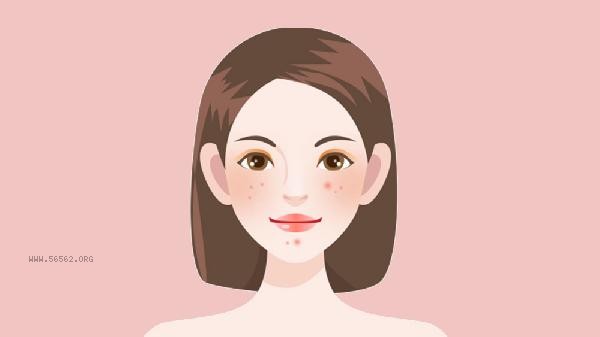
1. Flat warts
Flat warts often appear on the face and back of the hand, manifested as flat papules ranging in size from rice grains to soybeans, with a smooth and hard surface, skin color or light brown color, and often densely distributed. Caused by low-risk viruses such as HPV3 and HPV10, it can be transmitted through direct contact. Maintaining the integrity of the skin barrier can reduce the risk of infection. If it continues to increase, medical attention should be sought for cryotherapy or laser treatment.
2. Common warts
Common warts are often found on fingers, nails, and other areas, presenting as rough keratinized papules with black dot like capillary thrombi on the surface. Mostly caused by HPV2 and 4 infections, it is more likely to occur in children and adolescents. Avoid scratching to prevent the spread of self inoculation. Salicylic acid preparations or liquid nitrogen freezing are commonly used in clinical practice for removal.
3. Genital warts
Genital warts are more common in the reproductive organs and perianal area, appearing as cauliflower like or nipple like protrusions, moist and soft, and prone to bleeding. It is mainly transmitted through sexual contact by HPV types 6, 11, etc. It has strong infectivity and requires timely use of photodynamic therapy or surgical resection, while screening for other sexually transmitted diseases.
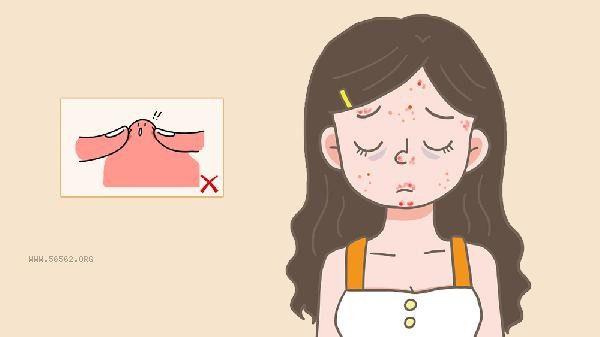
4. Filamentous warts
Filamentous warts are characterized by slender and soft filamentous protrusions, often found on thin and tender skin such as eyelids and neck. HPV type 1 and type 2 infections are common causes, and are more likely to occur in middle-aged and elderly people. Daily friction stimulation should be avoided, and can be treated through electrocautery or excision, with a lower recurrence rate.
5. Plantar warts
Plantar warts grow on the compressed area of the foot, covered with a thick layer of keratin on the surface, and have obvious tenderness when walking. HPV1 infection is the main cause, and walking barefoot can easily trigger it. After softening the keratin with urea ointment and combining it with cryotherapy, it is necessary to wear loose shoes and socks to reduce friction. HPV related skin lesions need to be distinguished from inflammatory acne such as acne and folliculitis. Avoid scratching or self treating skin lesions in daily life, and keep the affected area clean and dry. Enhancing immunity helps to clear viruses. If skin lesions continue to enlarge or break down, it is important to seek timely medical attention at a dermatologist and, if necessary, undergo HPV typing testing. The partners of patients with sexually transmitted warts should be checked simultaneously, and sexual activity should be prohibited during treatment to prevent cross infection.
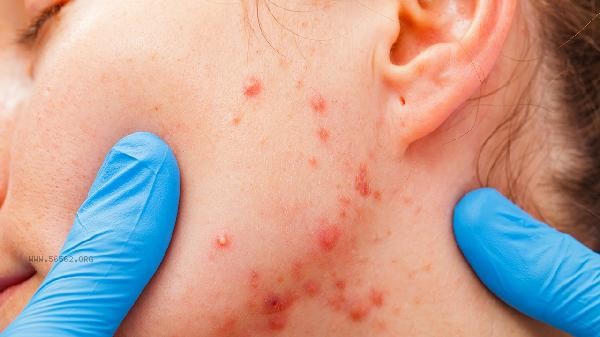

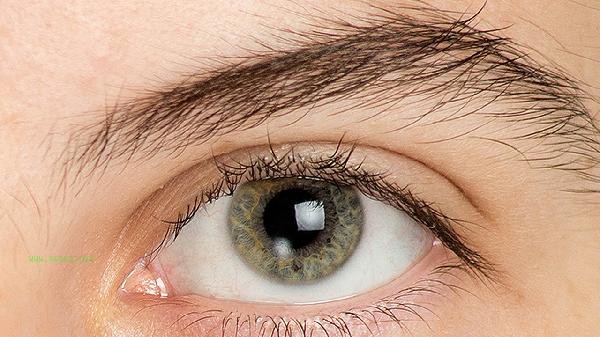
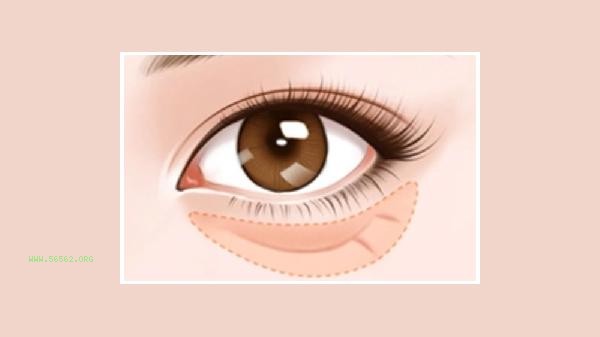
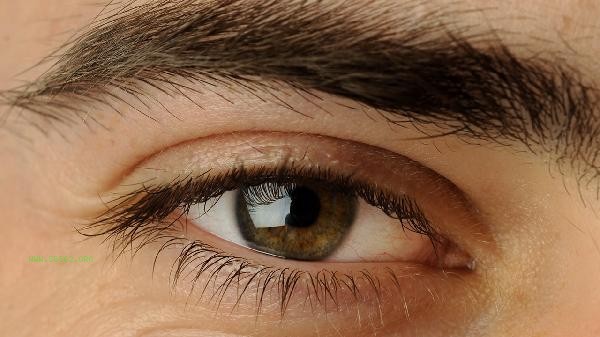
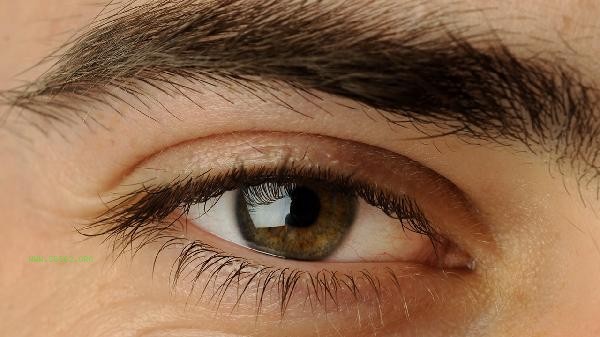



Comments (0)
Leave a Comment
No comments yet
Be the first to share your thoughts!